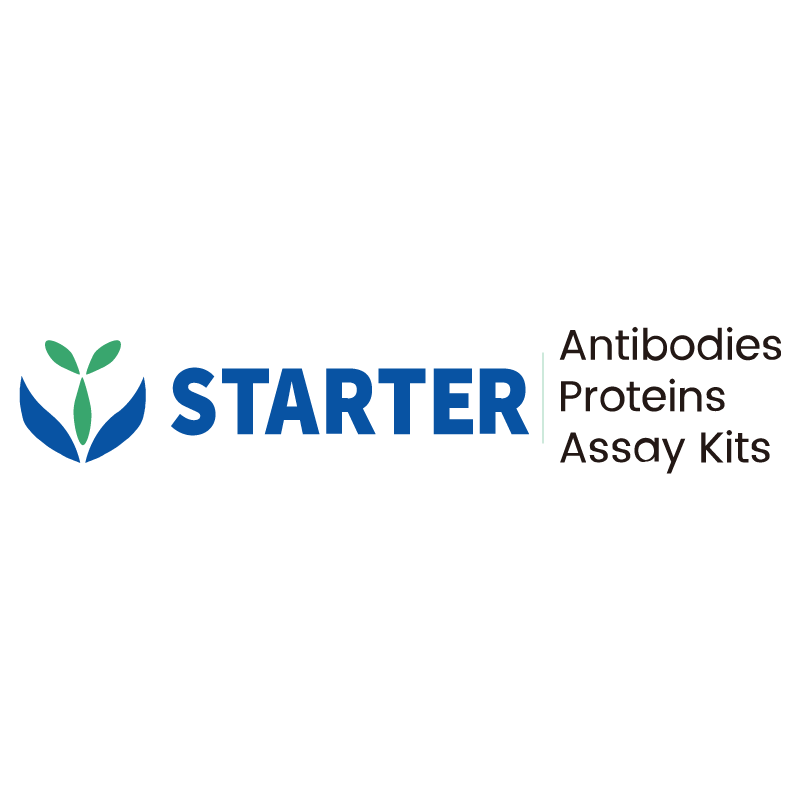2μg(R: reducing conditions)
Product Details
Product Details
Product Specification
| Species | Mouse |
| Synonyms | C-X-C motif chemokine 10, 10 kDa interferon gamma-induced protein (Gamma-IP10; IP-10), C7, Interferon-gamma induced protein CRG-2, Small-inducible cytokine B10, Crg2, Ifi10, Inp10, Scyb10 |
| Accession | P17515 |
| Amino Acid Sequence | Protein sequence (P17515, Ile22-Pro98) IPLARTVRCNCIHIDDGPVRMRAIGKLEIIPASLSCPRVEIIATMKKNDEQRCLNPESKTIKNLMKAFSQKRSKRAP |
| Expression System | HEK293 |
| Molecular Weight | Predicted MW: 8.7 kDa Observed MW: 10 kDa |
| Purity | >95% by SDS-PAGE |
| Endotoxin | <0.1EU/μg |
| Conjugation | Unconjugated |
| Tag | No Tag |
| Physical Appearance | Lyophilized Powder |
| Storage Buffer | Lyophilized from a 0.2 μm filtered solution of 0.2M PBS, pH7.4. |
| Reconstitution | Reconstitute no more than 1 mg/mL according to the size in deionized water after rapid centrifugation. |
| Stability & Storage | 12 months from date of receipt, -20 to -70 °C as supplied. |
Background
C-X-C motif chemokine 10 is a small cytokine belonging to the CXC chemokine family. CXCL10 is secreted by several cell types in response to IFN-γ. These cell types include monocytes, endothelial cells and fibroblasts. CXCL10 has been attributed to several roles, such as chemoattraction for monocytes/macrophages, T cells, NK cells, and dendritic cells, promotion of T cell adhesion to endothelial cells, antitumor activity, and inhibition of bone marrow colony formation and angiogenesis. This chemokine elicits its effects by binding to the cell surface chemokine receptor CXCR3. CXCL9, CXCL10 and CXCL11 have proven to be valid biomarkers for the development of heart failure and left ventricular dysfunction, suggesting an underlining pathophysiological relation between levels of these chemokines and the development of adverse cardiac remodeling.
Picture
Picture
SDS-PAGE


